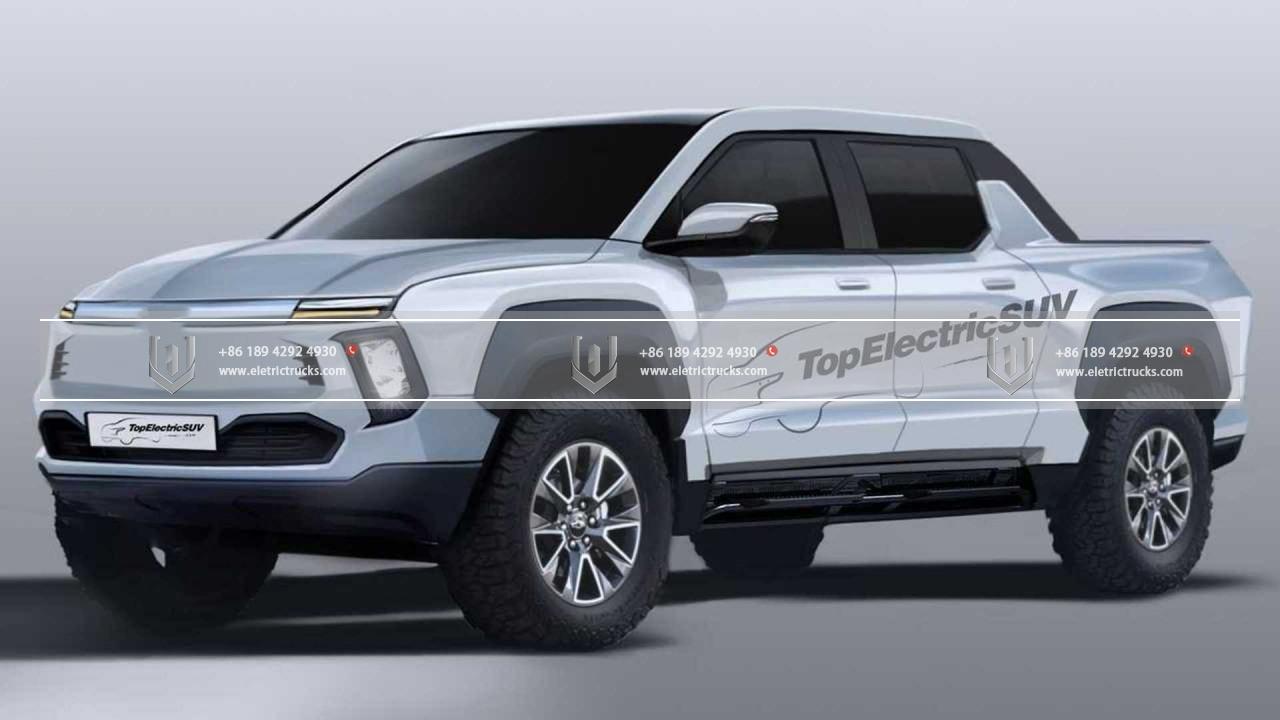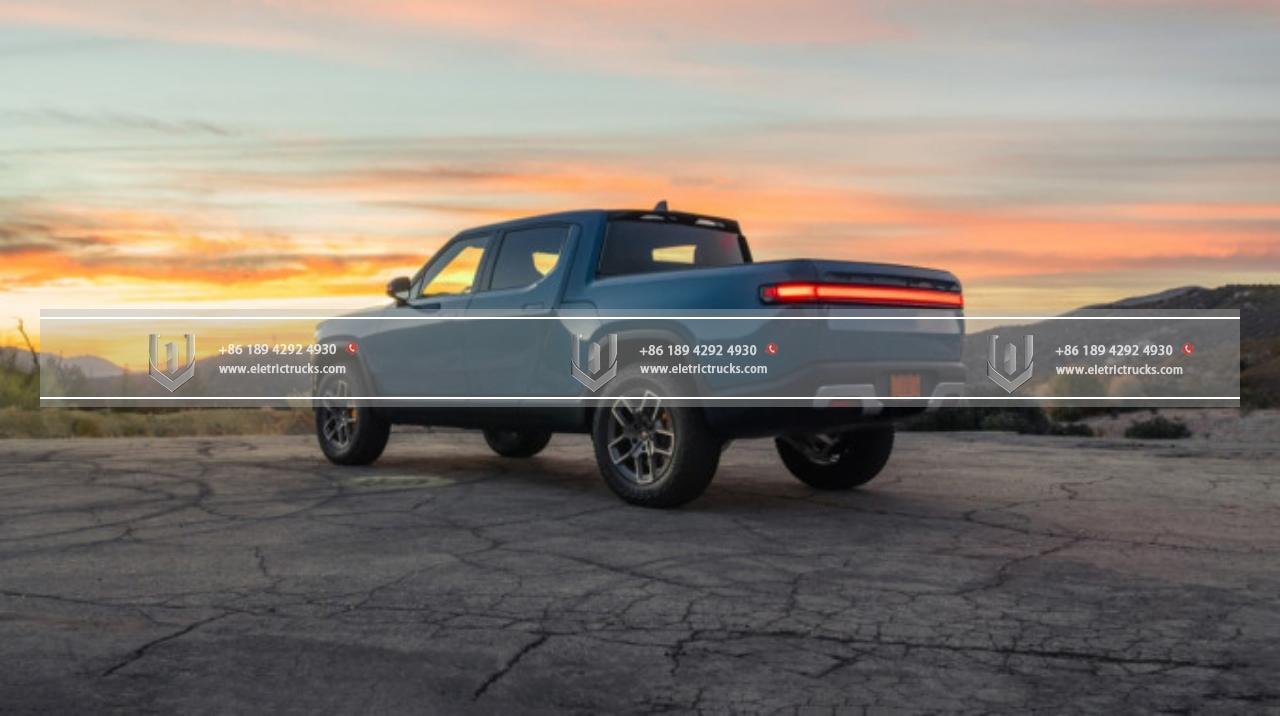Elektrinių sunkvežimių žinios
Ramūs milžinai: Elektrinių sunkvežimių galios ir našumo tyrinėjimas
Pastaraisiais metais, there has been a remarkable shift towards elektromobilių (EV) as the world seeks cleaner and more sustainable transportation solutions. While much attention has been focused on elektromobiliss, yra dar viena transporto priemonių kategorija, kuri transporto pramonėje tyliai iškyla kaip žaidimo keitėjai: elektrinis sunkvežimiss. Šie tylūs revoliucionieriai, dažnai vadinamas “quiet giants,” are transforming the way goods are transported, offering a greener and more efficient alternative to their traditional counterparts. Šiame straipsnyje, we will delve into the power and performance of electric trucks and examine their potential to reshape the logistics landscape.
Elektrinis sunkvežimiss, like their elektromobilis kolegos, are powered by batteries that store and provide energy to elektros varikliss. Tačiau, unlike passenger vehicles, trucks face a unique set of challenges due to their larger size and heavier loads. Overcoming these challenges requires innovative design, robust battery technology, ir advanced powertrain systems. Thankfully, significant advancements in these areas have paved the way for the rise of electric trucks.
One of the most significant advantages of elektrinis sunkvežimiss yra jų poveikį aplinkai. Traditional diesel-powered trucks are notorious for their emissions of greenhouse gases and pollutants, contributing to air pollution and climate change. Priešingai, elektrinis sunkvežimiss produce nulinis išmetamųjų teršalų kiekis, leading to cleaner air quality and reduced carbon footprint. This makes them ideal for urban areas where air pollution is a pressing concern. Pereinant į elektrinis sunkvežimiss, we can significantly improve the quality of our cities’ air and make strides toward a sustainable future.

Beyond their environmental benefits, elektrinis sunkvežimiss offer a range of performance advantages. One such advantage is their torque. Elektros varikliss suteikia momentinį sukimo momentą, delivering impressive acceleration and power even at low speeds. Tai daro elektrinis sunkvežimiss well-suited for heavy hauling, allowing them to navigate steep inclines and carry substantial loads without kompromituojantis našumas. Be to, the absence of engine noise in elektrinis sunkvežimiss creates a quieter and more comfortable driving experience, triukšmo taršos mažinimas ir enhancing driver satisfaction.
Battery technology is at the heart of electric truck performance. Pastaraisiais metais, there have been tremendous advancements in akumuliatoriaus technologija, dėl to increased energy storage capacity, improved charging times, ir enhanced durability. These developments have significantly extended the range of elektrinis sunkvežimiss, enabling them to travel longer distances without the need for frequent recharging. As charging infrastructure continues to expand, the range anxiety associated with Elektorės becomes less of a concern, gaminimas elektrinis sunkvežimiss a viable option for long-haul transportation.
Be to, elektrinis sunkvežimiss pasiūlymas lower operational costs compared to their diesel counterparts. While the upfront cost of elektrinis sunkvežimiss may be higher, the overall lifetime costs can be significantly lower due to reduced fuel and maintenance expenses. Electricity costs are generally more stable than volatile diesel prices, providing operators with better cost predictability. Be to, elektrinis sunkvežimiss turi mažiau judančių dalių, dėl to reduced maintenance and repair needs, further contributing to kaštų taupymas. These financial benefits make elektriniai sunkvežimiai an appealing choice for fleet operators, who are increasingly recognizing the long-term economic advantages of electrifying their transportation fleets.

Government support and incentives are also playing a crucial role in accelerating the adoption of electric trucks. Many countries and local governments are implementing policies to promote the use of Elektorės, including subsidies, mokesčių lengvatos, and grants for purchasing electric trucks. These initiatives aim to incentivize fleet operators to transition to cleaner transportation options and contribute to their nations’ sustainability goals. By offering financial support ir favorable regulatory frameworks, governments are helping to create an ecosystem that fosters the growth of elektrinis sunkvežimiss and paves the way for a greener future.
Despite the many advantages of elektrinis sunkvežimiss, challenges remain. One of the primary challenges is the development of a robust charging infrastructure. Rapid charging stations capable of accommodating the power demands of elektrinis sunkvežimiss need to be strategically located along major transportation routes and in logistics hubs. Be to, the charging process itself needs to be efficient and fast to minimize downtime for truck drivers. Bendradarbiavimas tarp vyriausybių, energy providers, ir private companies is essential to address these infrastructure needs and ensure the seamless integration of elektriniai sunkvežimiai into our transportation systems.
Be to, priėmimą elektrinis sunkvežimiss has the potential to have a significant impact on the global economy. The transportation industry plays a vital role in the global supply chain, facilitating the movement of goods across countries and continents. Pereinant į elektrinis sunkvežimiss, we can reduce our dependence on fossil fuels and mitigate the volatility of oil prices, which can have far-reaching effects on the stability of the global economy. Elektrinis sunkvežimiss offer a more sustainable and resilient solution, ensuring a smoother flow of goods while reducing the environmental and economic risks associated with traditional fuel-powered vehicles.

Another key aspect to consider is the role of elektrinis sunkvežimiss in promoting renewable energy integration. As the demand for electricity to power electric vehicles increases, there is an opportunity to leverage renewable energy sources such as solar and wind power to meet this demand. Charging stations for elektrinis sunkvežimiss can be powered by renewable energy, leading to a further reduction in greenhouse gas emissions and a transition towards a cleaner and more sustainable energy mix. This synergy between elektrinis sunkvežimiss ir renewable energy can create a positive feedback loop, driving the growth of both industries and fostering a more sustainable energy ecosystem.
Be jų aplinkosauginės ir ekonominės naudos, elektrinis sunkvežimiss also have the potential to improve road safety. The technology employed in elektrinis sunkvežimiss includes advanced driver assistance systems (ADAS) ir autonomous driving capabilities, which can enhance safety on the roads. Features such as collision avoidance, įspėjimas apie nukrypimą nuo eismo juostos, and adaptive cruise control can help reduce accidents and human error, making transportation safer for both truck drivers and other road users. The integration of elektrinis sunkvežimiss su emerging technologies like vehicle-to-vehicle (V2V) and vehicle-to-infrastructure (V2I) communication systems can further enhance safety and efficiency on our roadways.
The introduction of elektrinis sunkvežimiss also presents opportunities for job creation and skill development. Kaip paklausa elektrinis sunkvežimiss and associated infrastructure grows, there will be a need for skilled workers in areas such as manufacturing, priežiūra, ir įkrovimo infrastruktūros įrengimas. Training programs ir educational initiatives can be implemented to equip individuals with the necessary skills to thrive in the emerging elektrinių sunkvežimių pramonė. This not only helps in the transition to a greener economy but also provides new job opportunities ir ekonomikos augimas.

Nors elektrinis sunkvežimiss have made significant strides in recent years, there are still areas that require further research and development. Continued innovation in akumuliatoriaus technologija is essential to improve energy storage capacity, įkrovimo greitis, and overall performance. Be to, the development of lightweight and aerodynamic truck designs can help optimize efficiency and extend the range of elektrinis sunkvežimiss. Collaborative efforts between automotive manufacturers, battery producers, and research institutions are vital to driving these advancements and overcoming the remaining challenges.
Apibendrinant, elektrinis sunkvežimiss are a testament to the ongoing transformation in the transportation industry. With their environmental benefits, impressive performance, and cost savings, elektrinis sunkvežimiss are proving to be the quiet giants of the road. As governments, businesses, and consumers embrace these sustainable alternatives, we can pave the way for a greener and more efficient future of transportation. By leveraging renewable energy sources, infrastruktūros gerinimas, and investing in research and development, galime išnaudoti visą potencialą elektrinis sunkvežimiss and accelerate the transition to a cleaner, quieter, and more sustainable logistics landscape. The era of the quiet giants has arrived, and it is up to us to harness their power for a better tomorrow.

